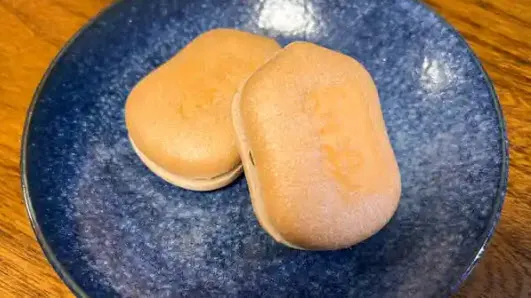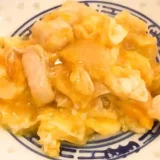Monaka is a Japanese confectionery made by wrapping sweet bean paste in a skin made from rice cake.
Kuuya(空也)
Kuuya is a Japanese confectionery shop in Ginza, established in 1884, with a 140-year history. Kuuya is located on Namiki-Dori in Ginza 6-Chome. This confectioner is famous for its Monaka.
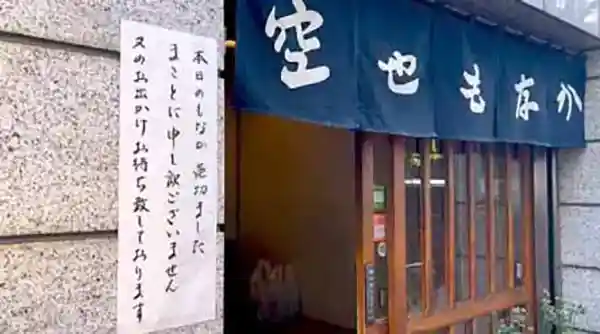
The shop was named after Kūya. He was a famous Japanese monk. He was a pioneer of Pure Land Buddhism and Nembutsu beliefs in Japan.
The characteristic of Kuuya Monaka is the delicious charring of the skin. It was created by the founder of Kuuya, inspired by the way Kabuki actor Danjuro IX ate it. Kuuya Monaka is a famous confection in Ginza that was loved by some of Japan’s greatest writers, such as Soseki Natsume and Junichiro Tanizaki.
Kuuya Monaka
Kuya Monaka is a small gourd-shaped Japanese confectionery. I bought ten pieces of Kuya Monaka to eat at home.
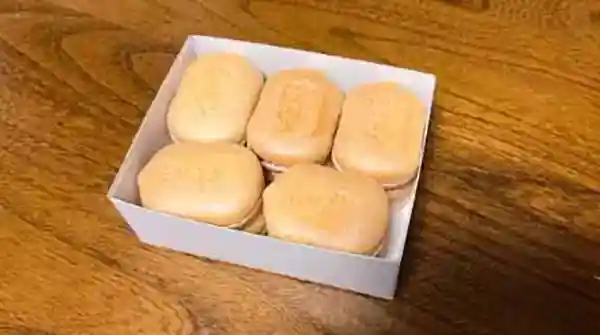
Kuuya Monaka came in a plain paper box with two layers. When I took the lid off the box, I could smell the aroma of burnt glutinous rice.
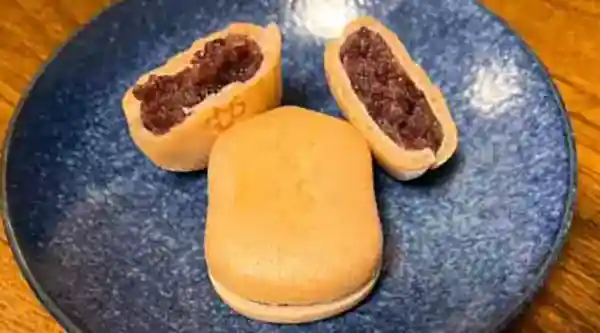
On the surface of the dumpling was inscribed “空也(Kuuya)” in Japanese. The red bean paste made from azuki beans and sugar was moderately sweet. This monaka was simple in both shape and taste.

The best time to eat Kuuya Monaka is up to one week at room temperature. When the monaka becomes hard, Kuuya recommends adding hot water and eating it as Oshiruko (soup stock).
Kuuya Monaka is a trendy pastry and can only be obtained with a reservation.
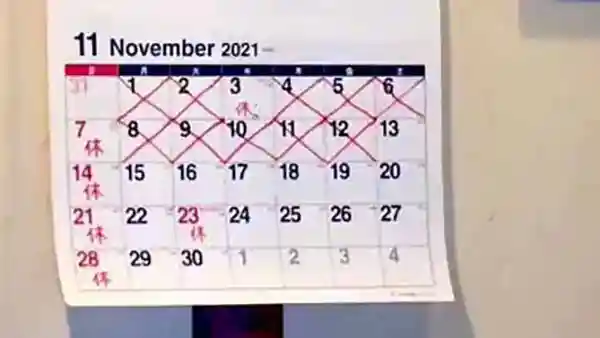
There was a calendar in the Kuuya store. On the calendar, ❌ was written on days when the monaka is fully booked.
Natsume Sōseki
Natsume Sōseki(夏目 漱石, 9 February 1867 – 9 December 1916) was a Japanese novelist and English literature scholar. His representative works include “I am a Cat,” “Botchan,” “Kokoro,” “Kusamakura,” and “Light and Darkness.” From 1984 to 2004, his portrait appeared on the face of the Japanese 1,000-yen bill. Kuuya appears in “I am a Cat.” It depicts Kuuya Mochi attached to a character’s missing front tooth.
Jun’ichirō Tanizaki
Jun’ichirō Tanizaki (谷崎 潤一郎, Tanizaki Jun’ichirō, 24 July 1886 – 30 July 1965) was a Japanese novelist active from the late Meiji period to the mid-Showa period. He was one of six writers shortlisted for the 1964 Nobel Prize in Literature. He was a gourmand and loved Kuuya’s Japanese Sweets.
If you can visit Ginza, taste traditional Japanese sweets at Kuuya.
